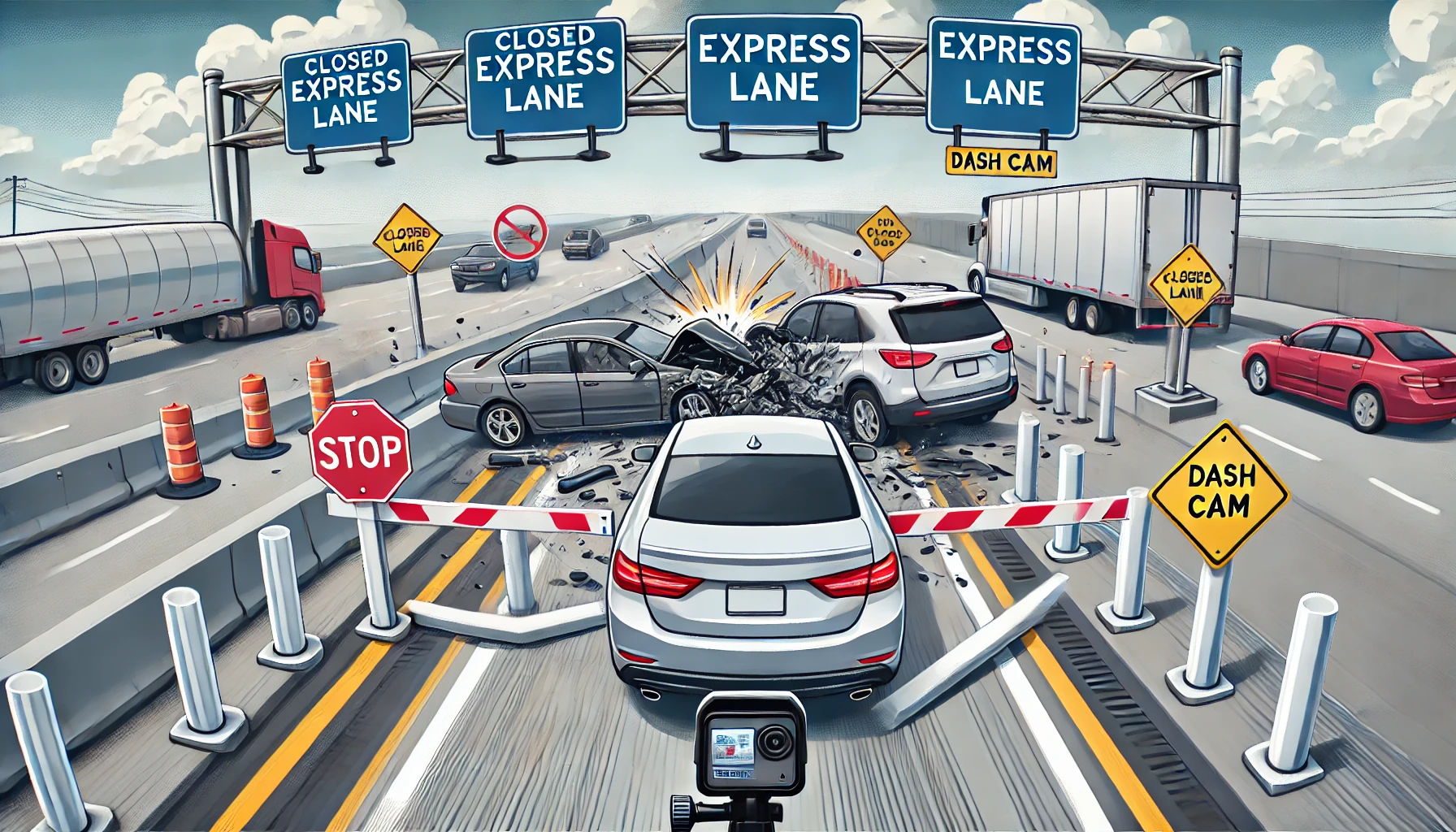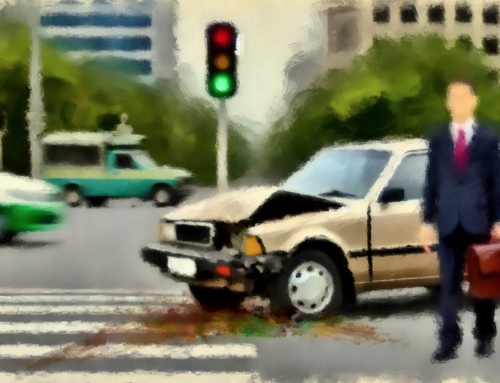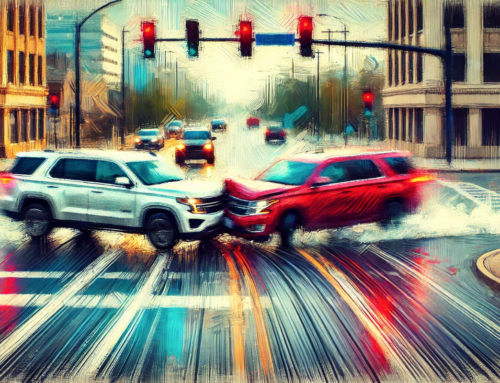Express lanes are designed to improve traffic flow and provide a faster route for drivers who are willing to pay a toll. However, they can also be a source of confusion and accidents if not used correctly. In this article, we’ll explore essential safety tips for using express lanes and understanding liability in the event of an accident.
Common Pitfalls in Express Lanes
- Improper Entry and Exit:
- Issue: One of the most common mistakes drivers make is entering or exiting express lanes improperly. This can occur when drivers cross solid lines or barriers meant to restrict lane changes.
- Safety Tip: Always follow the designated entry and exit points marked by dashed lines. Crossing solid lines or barriers can lead to accidents and fines.
- Ignoring Lane Closures:
- Issue: Driving into a closed express lane is dangerous and illegal. Such actions can lead to serious accidents, as other drivers do not expect vehicles in closed lanes.
- Safety Tip: Pay attention to road signs and electronic indicators showing lane status. Never enter a lane that is marked as closed.
- Speeding:
- Issue: While express lanes are designed for faster travel, excessive speeding can be hazardous, especially when transitioning between express and regular lanes.
- Safety Tip: Adhere to the speed limits posted for express lanes. Adjust your speed when merging into or out of express lanes to ensure a smooth and safe transition.
- Not Using Dash Cams:
- Issue: In the event of an accident, determining fault can be challenging without clear evidence.
- Safety Tip: Install a dash cam to record your journeys. Dash cam footage can be crucial in proving fault and protecting your rights in the event of an accident.
Understanding Liability in Express Lane Accidents
Determining liability in express lane accidents can be complex, but certain factors are typically considered:
- Rear-End Collisions:
- In Florida, rear-end collisions generally place fault on the driver who rear-ended the vehicle in front. However, exceptions exist, such as when the front driver makes a sudden and unsafe lane change.
- Improper Lane Changes:
- If a driver enters or exits an express lane improperly and causes an accident, they are likely to be found at fault. Clear evidence, such as dash cam footage, can help establish liability.
- Lane Closure Violations:
- Entering a closed express lane is a serious violation. Drivers who cause accidents by ignoring lane closures are typically held liable for resulting damages.
Case Study: Gray Sedan vs. White SUV
Consider a recent incident where a gray sedan pulled into a closed express lane, causing a collision with a white SUV. The SUV driver had no reason to anticipate a vehicle entering the closed lane, making the gray sedan’s actions reckless and unlawful. Despite the general rule in Florida that rear-end collisions place fault on the trailing vehicle, the dash cam footage clearly shows the gray sedan’s improper lane entry, establishing its liability.
Express lanes can be a valuable tool for efficient travel, but they require strict adherence to traffic rules and safety practices. By avoiding common pitfalls and understanding liability, you can ensure safer journeys on the road. Always use designated entry and exit points, respect lane closures, and consider installing a dash cam for added security.
For more legal insights and assistance, contact Bell & Bell, P.A. today. We’re here to help you navigate the complexities of traffic laws and protect your rights.




